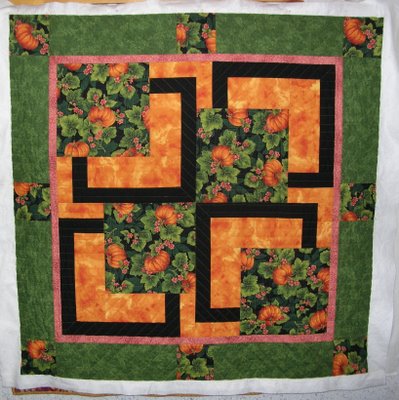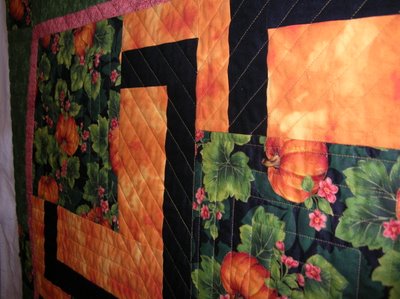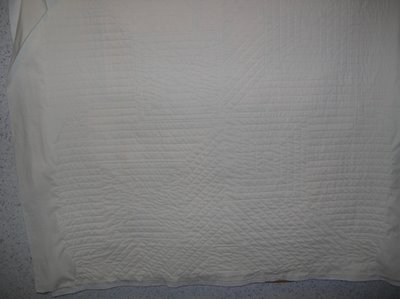Yesterday was a day to have fun in the studio. With Christmas fast approaching, I was tempted to dip into my stash of Christmas fabrics. I was looking for a quick project that would not add to my never ending UFO list.
This was the perfect project. It measures just 12 1/2″ x 24 1/2″ and can be finished to the binding stage within a day. (The white in the picture is not a border, but is the batting before it has been trimmed away.)
The letters are fused to the background and then attached with a machine blanket stitch. Quilting is simple–an X across each square in the border and then outline stitching around each letter. After binding and the addition of a sleeve, this project is ready to give away as a gift.













